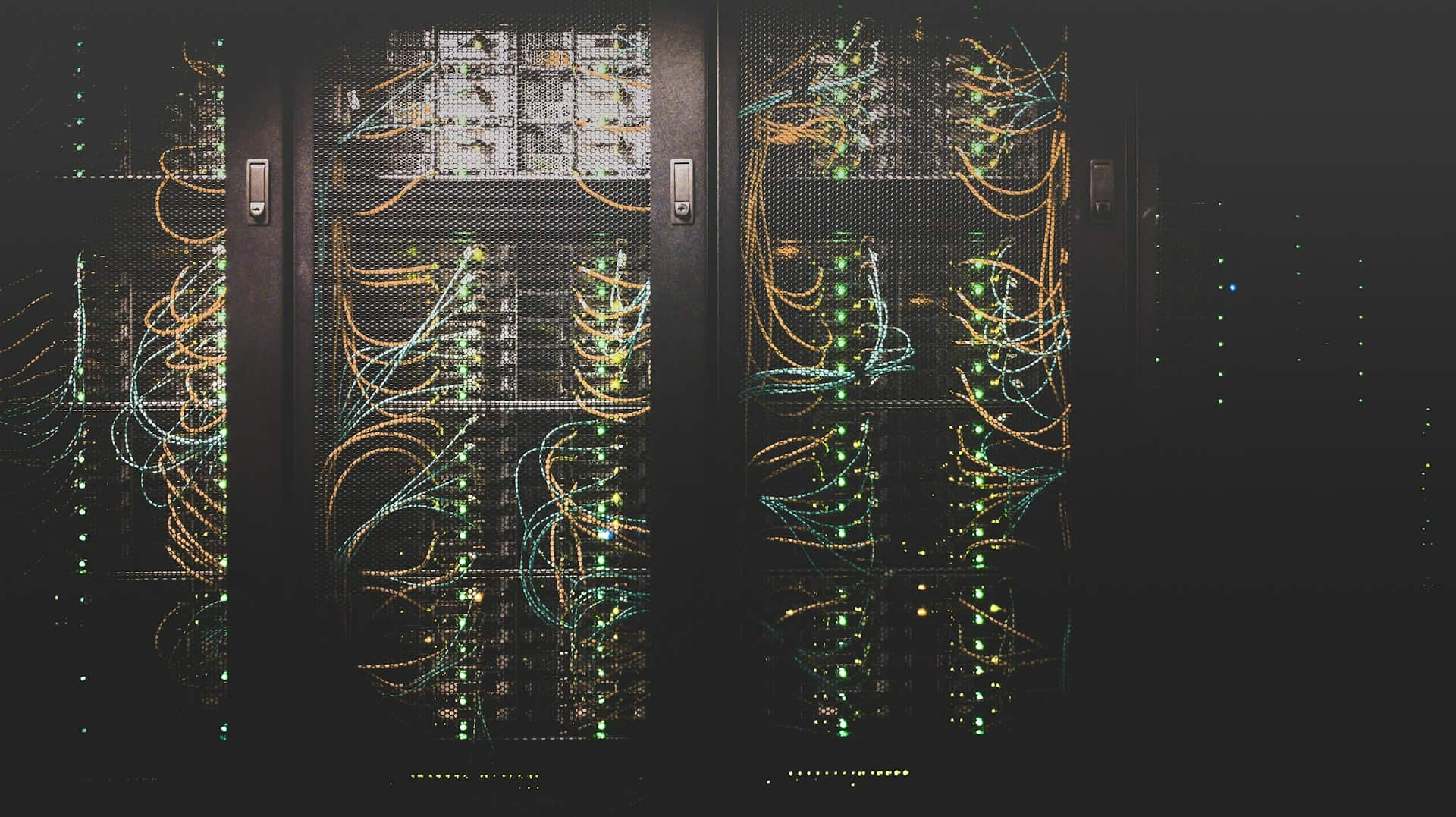
In September 2023, Microsoft posted a job listing seeking a program manager to lead their nuclear energy strategy. The company isn’t involved in the defense or power sector, so then why does this tech giant need a nuclear energy expert, and for what?
Is Microsoft secretly planning to take over the world by going nuclear? Jokes aside, you might be surprised to hear that this tech giant primarily famous for its suite of software products is building its own nuclear energy infrastructure to meet the future power demands of their AI data centers. The company has a 49 percent stake in Sam Altman-led OpenAI and is also actively working on its own AI solutions.
To smoothly run such large-scale AI operations, the company needs large data centers equipped with specialized hardware that require more power than conventional data centers.
“A normal data center needs 32 megawatts of power flowing into the building. For an AI data center, it’s 80 megawatts, and you have five times more cabling” Chris Sharp, CTO at Digital Realty, told the BBC.
Microsoft is just one of the many tech companies interested in using nuclear energy to power their AI operation, but is this approach feasible and safe?
Why AI data centers need nuclear power
Since AI models require enormous amounts of data for their training and operations, the data centers that make such models work, require more processing power compared to a standard data center. This means they also need more electricity.
For instance, the amount of electricity required to run a small one-megawatt data center can power about 1,000 American homes for a year. Now imagine the scale of demand for an 80-megawatt AI data center.
Moreover, conventional data centers are already consuming large amounts of power and often face power outages. So, how will tech companies power their AI data centers, and where will the electricity for them come from?
“Data centers are power-hungry things, but with AI we’re moving into a new level of power requirements,” said Michael Bluck a Nuclear Engineering expert at Imperial College London.
Nobody wants to reduce the power supply to households and industries just for the sake of better AI models. Plus, we can’t afford to mess with the climate further by building more coal-driven electricity plants. Solar power can only partly solve this demand problem.
“Nuclear power is the only answer to the pressures the new AI data center world faces. Without this, they just don’t have the power to turn on all the machines they need to have,” Brian Gitt, Head of Business Development at Oklo, a California-based power company backed by OpenAI CEO Sam Altman, told the BBC.
Oklo is developing mini nuclear reactors for data centers. They suggest that nuclear reactors have the potential to produce large amounts of power in a short period — all sustainably and without polluting the environment.
“There’s no reason why a small fast reactor can’t power a data center, except that you have to get it past the regulator,” Bluck added.
How nuclear reactors could power data centers
Tech companies aren’t planning to use standard nuclear reactors but small modular reactors (SMRs) for powering their AI data centers. A single SMR unit can generate up to 300 MW of power.
Compared to a standard nuclear reactor, an SMR has low manufacturing and operations costs. Plus, they are also easy to install, because they are 25 to 90 percent smaller in size.
However, the power generation capacity of SMRs is also only about 33 percent of that of a standard reactor. But it is still enough to power an AI data center.
Currently, no country has been able to employ this technology in real-world settings. However, China and many companies in the US (such as Oklo) are actively working on developing commercially viable SMR units.
In fact, UK-based Rolls Royce, which is known for its ultra-luxury cars across the globe, is also working on their own SMR design. They have set up a factory dedicated to building such small reactors.
But is it safe to combine data centers with small nuclear reactors?
Is nuclear power and AI a risky combo?
With standard nuclear reactors, there is always the risk of accidental leakages and radioactive waste. There is no clarity on how tech companies will deal with the similar risks associated with SMRs.
“People question the viability of nuclear power due to the waste product and risk of an accident,” Gitt said. He claims that their company has found a solution to this problem. “We recycle the fuel through our reactor multiple times, dealing with the waste, and the new reactors cannot melt down, they are self-cooling and self-regulating,” Gitt added.
However, these claims may not be enough to convince authorities and the public to allow tech companies to incorporate nuclear energy.
Besides, many people are already against the way companies are relentlessly working on AI without thinking about its consequences. Tech companies do not have complete control over their AI models, which is raising a lot of concerns.
It seems that adding nuclear power angle to the ongoing AI debate is likely to further complicate the matter.
Although SMR is still in the development phase, some companies plan to install such units in their data centers as early as 2028.


